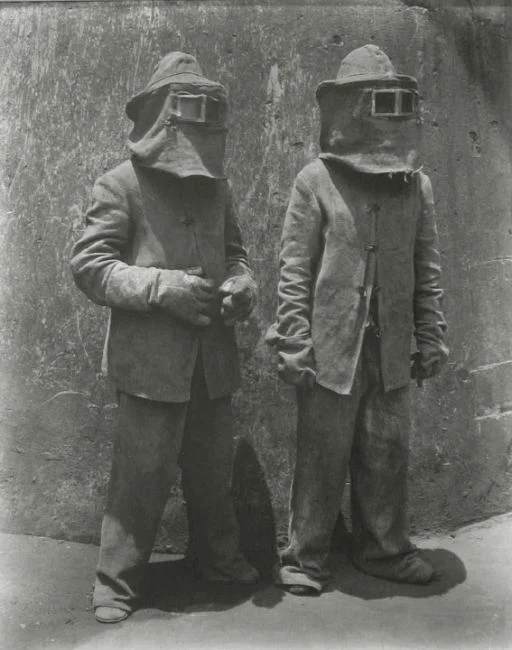February 17 - April 30, 2011
Manuel Alvarez Bravo: Mexico
OPENING RECEPTION FRIDAY, FEBRUARY 25, FROM 6:00-8:30 PM
"I was born in the city of Mexico, behind the Cathedral, in the place where the temples of the ancient Mexican gods must have been built, February fourth, 1902... Interested since always in art, I committed the common error of believing that photography would be the easiest; the memory of intents in other fields makes me understand now that I found my road on time."
-Manuel Alvarez Bravo, 1943
Manuel Alvarez Bravo (1902-2002) is generally recognized as the most significant figure in the history of Mexican photography and one of the foremost practioners of visual arts in the twentieth century. His lyrical temperament has elevated many of his images into icons that capture the unexpected combinations of everyday existence in urban and rural Mexico. This exhibition presents thirty-five of Alvarez Bravo's most striking photographs.
Alvarez Bravo was one of eight children born into a poor family in Mexico City, a town devastated by civil war, hunger and disease. He was interested in art, photography and literature, initially encouraged by his father and various neighbors, and then driven on by his own curiosity. Without access to the avant-garde movement happening across Europe and the United States, Alvarez Bravo was able to learn of the movement and its developments through magazines and books. By the 1920's, he had befriended the likes of Diego Riviera, Frida Kahlo, Henri Cartier-Bresson, Edward Weston, Tina Modotti, and Paul Strand, and most significantly, he created a visual language of his own that allowed him to be part documentarist, romantic, realist and surrealist.
Alvarez Bravo presents imagery that is uniquely Mexican, whether photographing the maguey, a variety of aloe plant found throughout the Mexican landscape, or the comedor, a type of eatery for the working and middle classes prevalent throughout the country. Isabel Villasenor, an artist, poet, songwriter and icon of Mexico's post revolutionary period, was his sitter on numerous occasions and is featured on this exhibition�s announcement card. The striking features of Vallasenor were idealized as symbols of Mexican feminine intellect and beauty. As the Museum of Modern Art acknowledged in its 1997 monograph on Alvarez Bravo, "His vision has informed our idea of Mexico; for many of us, it is our only idea of the place. His work has been so pervasive and rich with meaning that he has set a standard of artistry that has been difficult to surpass. Through their range of subject and sensibility, his photographs have defined the Mexican ethos of his era."
Alvarez Bravo photographs have been shown in exhibitions throughout the word and virtually all major museums contain his work in their permanent collections. Numerous monographs have been published on his photographic output.






























